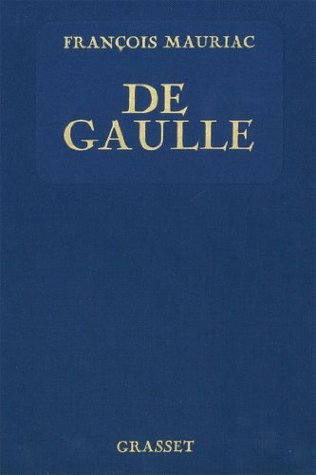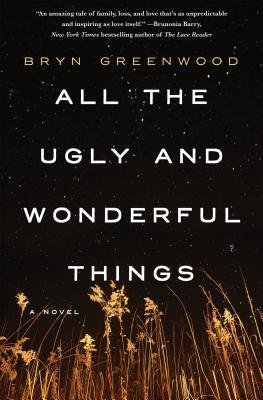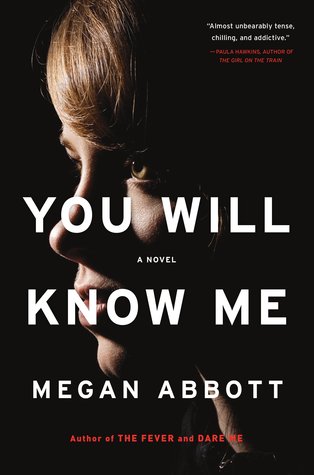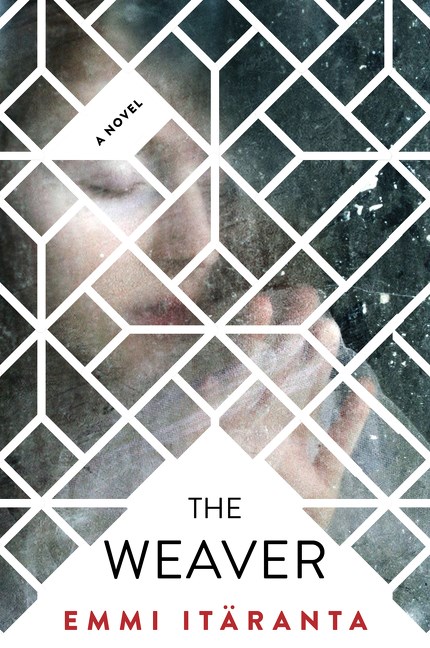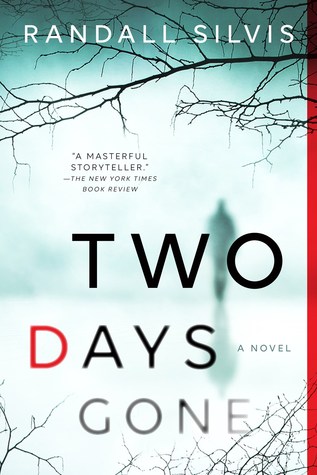Frank
Sinatra. I don’t have to type anything else. I came of age when hard rock was
blasting from every kids radio, but I have always preferred songs that told a
story, crooners, and of course, a great saloon song. When someone asks me about
the music of the last 50 years, I always say, “I quit listening when Sinatra
quit recording.” What a voice for a man whose ear drum was perforated at birth!
I
had the pleasure of seeing Mr. S. two of the times he performed in St. Louis…once
in the 1980s and the other in the mid-1990s. By the latter, his voice wasn’t as
strong as it used to be and he would forget some of the lyrics. But his
charisma exuded from the moment he walked on stage was overwhelming. It’s was
worth every penny I paid for those tickets.
When
I stumbled upon his widow’s memoir of her life with the legendary singer, I
couldn’t pass up a chance to read about his life. The all-nighters, the
parties, the loyalty, the charm, the compassion, the women, the generosity, are
tales fit for the tabloids. I learned he liked to paint in his later years,
loved to read (I knew we had something in common), and do crossword puzzles (and
he did them in ink).
Barbara
Ann Blakely, from Bosworth, Missouri, first heard Sinatra at a drive-in when
she was fifteen years old. She had no way of knowing that she would someday become
the love of her life. At least that’s her story. But I have to wonder.
True,
she was his longest-lasting marriage, 22 years. In Lady Blue Eyes: My Life With Frank, Barbara comes off as a gold digger.
As much as I enjoyed reading about their personal lives, there was always that
feeling I had that she didn’t love him as much as she loved his money and his
fame; not near as much he seemed, in this telling, to love her.
I
liked the conversational, breezy style Barbara uses (with the help of co-author
Wendy Holden). The stories were intriguing but never went into gory detail,
except perhaps in the details of Mr. S’s good friend Jilly Rizzo’s death. That gave
me nightmares. At the very heart of Barbara’s remembering, in my eyes, is Mr. S’s
loneliness. An only child, he seemed to have felt that his entire life. He felt
as deeply as his songs made others feel. That’s the best way to describe it.
His
descent into old age was glossed over. There were two mentions of him sitting
in wheelchairs and mentions of his health issues. They were disconcerting, and
I wanted to know more about how old age was wearing him down.
The
most touching scene in the book is Mr. S’s death at age 82. As Barbara begs him
to fight him to fight, he whispers, “I can’t.” Probably the only time in his life that he
said that.
I
wondered how other readers felt Barbara came off, so I perused that reviews on
Amazon. There I noticed many attacks on Barbara. While she didn’t come off so
well, I don’t feel a need to hate her. It’s okay to hate characters, but the
ones I read were really tough on her. I tried to judge the book by its ability
to hold my attention, to keep turning the page, and to allow me to take a small
peek at one of the entertainers I most admire. And Lady Blue Eyes does just that, which is why I give it 5 out of 5
stars.

